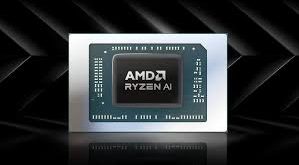IBM announced yesterday that after five years of work that they have been able to reduce to number of atoms required to create a bit of data.
Computerworld have reported on this and spoke to Andreas Heinrich, IBM research Staff member who said “Looking at this conservatively … instead of 1TB on a device you'd have 100TB to 150TB. Instead of being able to store all your songs on a drive, you'd be able to have all your videos on the device.”
IBM researchers used an unconventional form of magnetism called ‘antiferromagnetism' which allows atoms to spin in opposite directions, allowing the scientists to create an experimental atomic scale magnet chip which is 100 times denser than today's hard disk drives and solid state memory chips.
Heinrich added “Moore's Law is basically the drive of the industry to shrink components down little by little and then solve the engineering challenges that go along with that but keeping the basic concepts the same. The basic concepts of magnetic data storage or even transistors haven't really changed over the past 20 years. The ultimate end of Moore's Law is a single atom. That's where we come in.”

An IBM spokesman said “We use low temperatures because it enables us to start from one atom and assemble bigger and bigger structures while keeping an eye on their magnetic properties. The more atoms we use to make each bit, the more stable the bits become. We anticipate that in order to make bits of this type that are stable at room temperature would require about 150 atoms per bit (rather than 12 atoms at low temperatures).”
You can read more on this over here.
 KitGuru KitGuru.net – Tech News | Hardware News | Hardware Reviews | IOS | Mobile | Gaming | Graphics Cards
KitGuru KitGuru.net – Tech News | Hardware News | Hardware Reviews | IOS | Mobile | Gaming | Graphics Cards



Kryder’s Law covers HDD density, not Moore’s law.